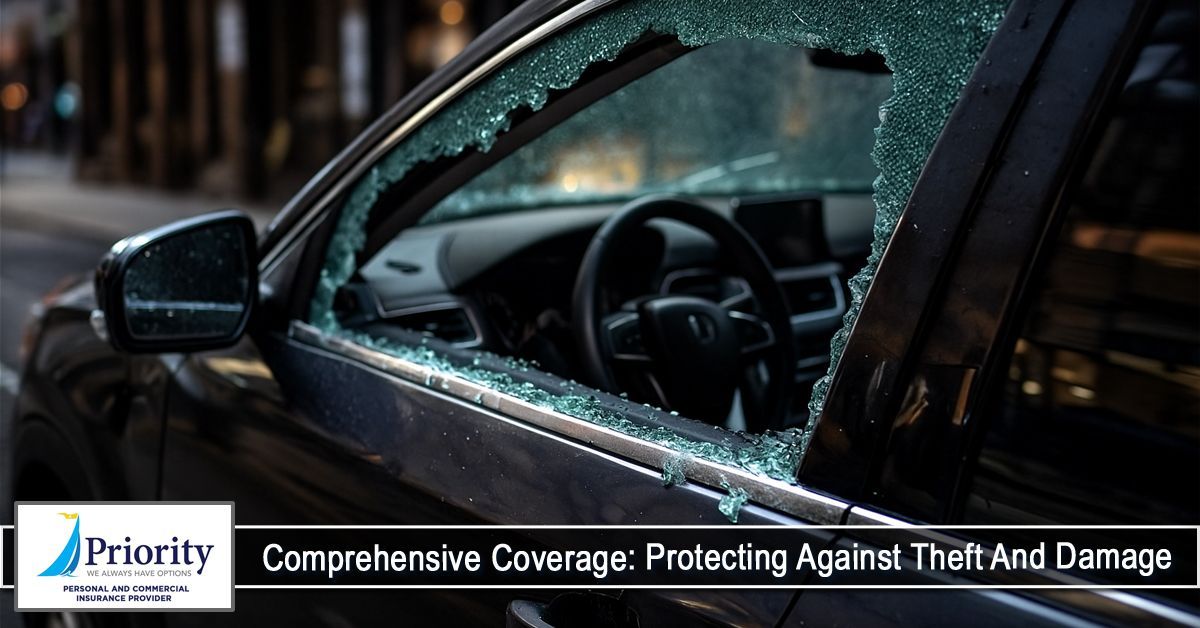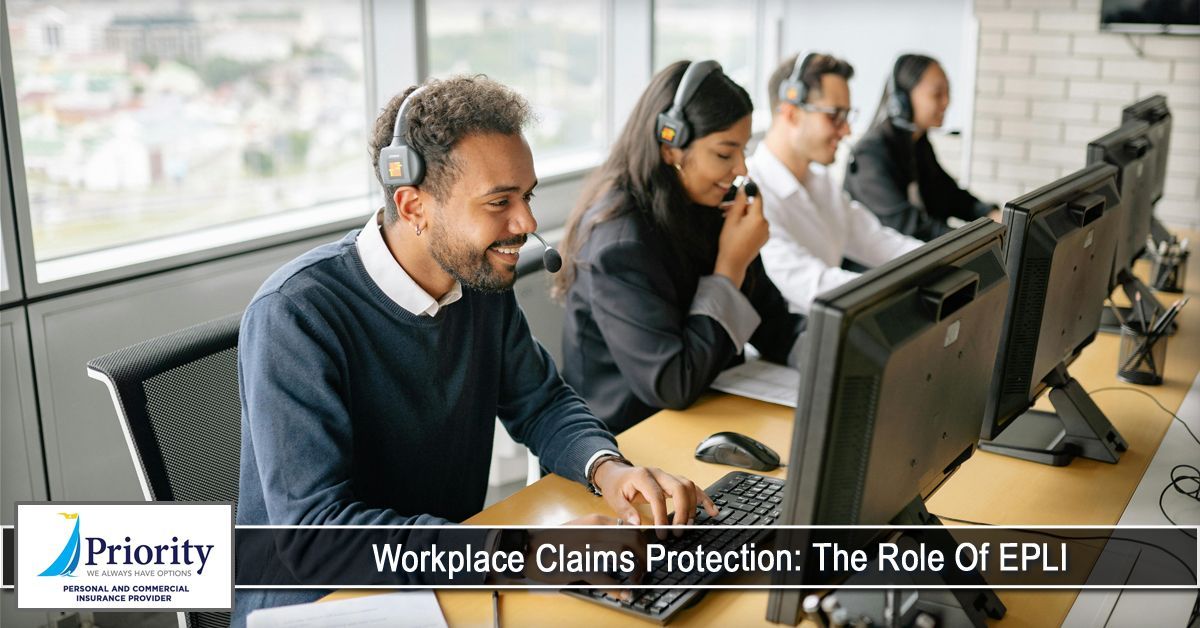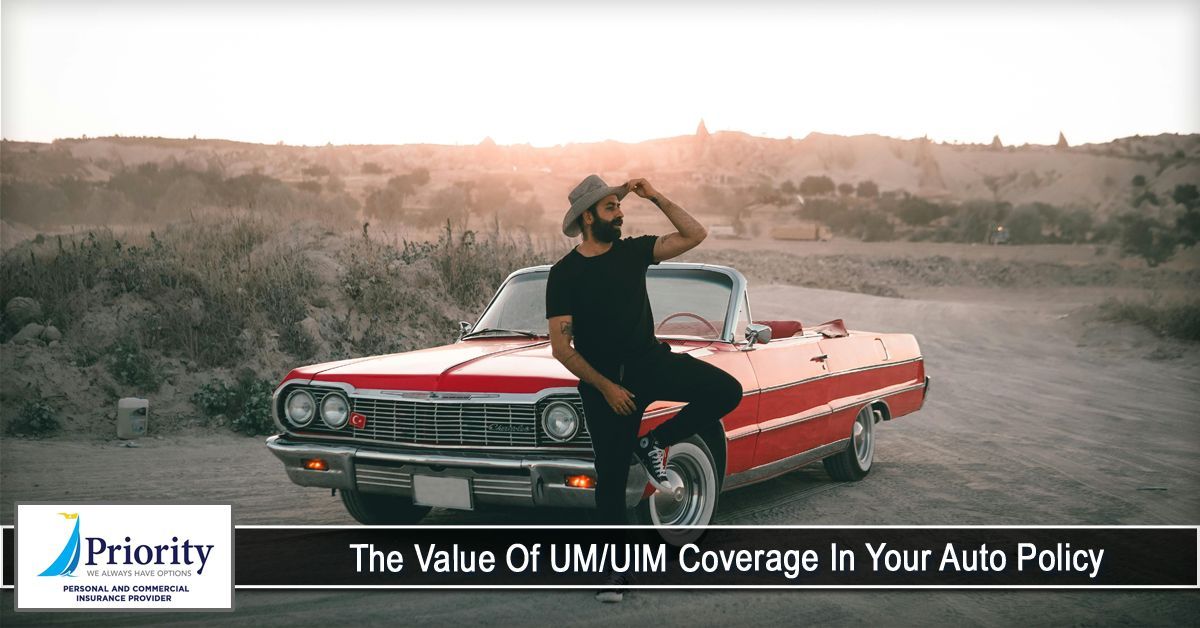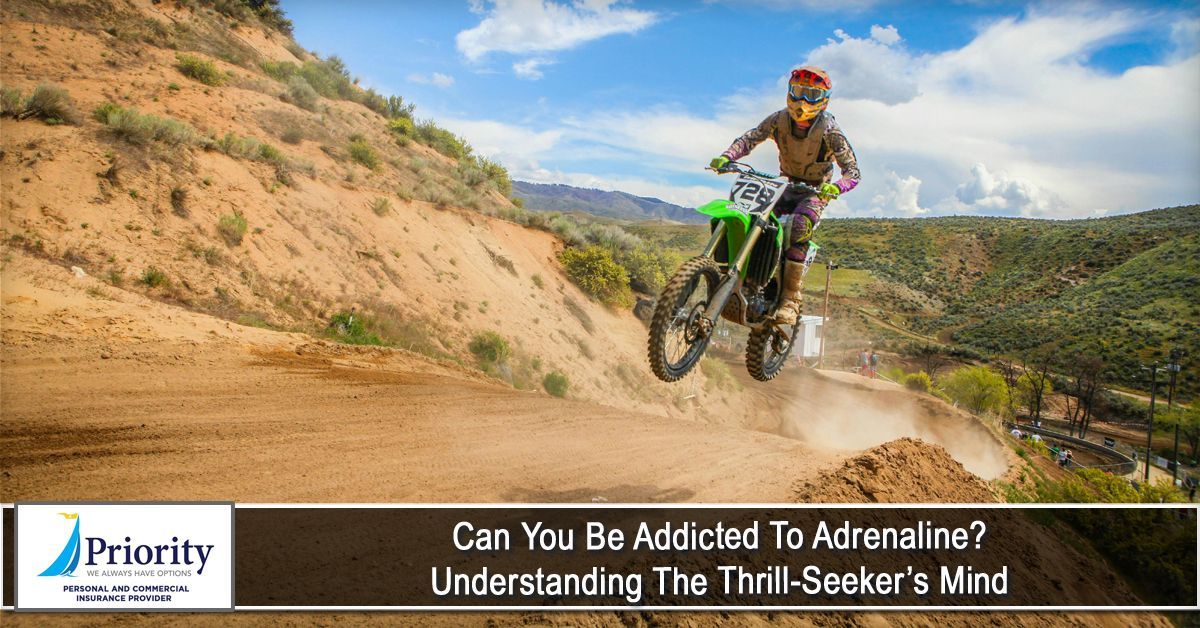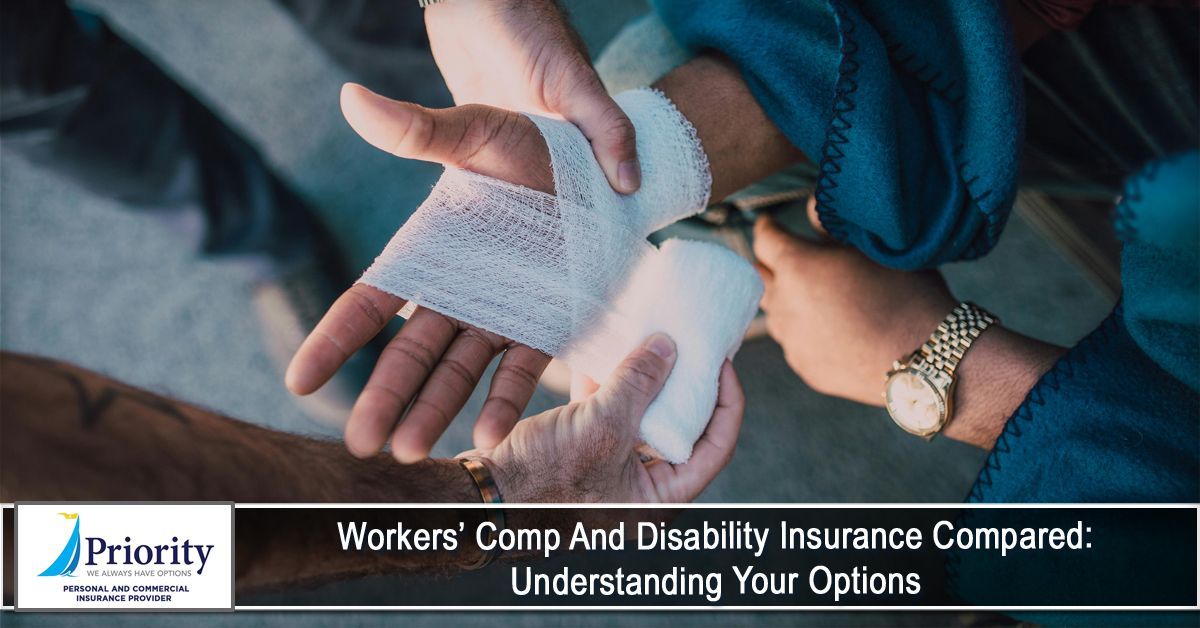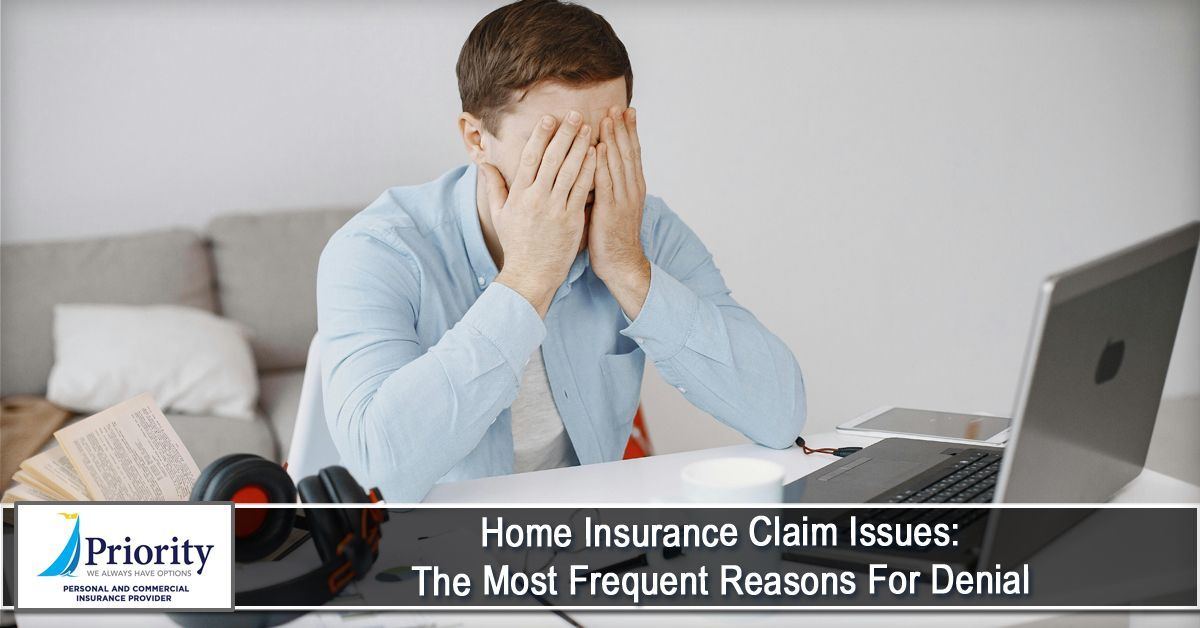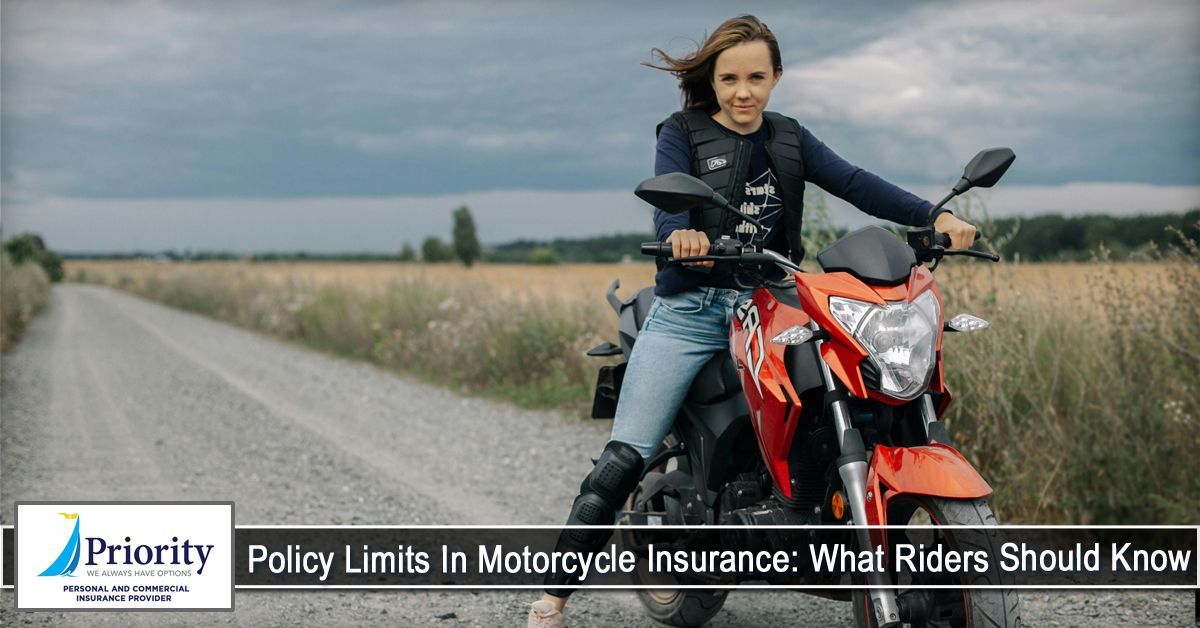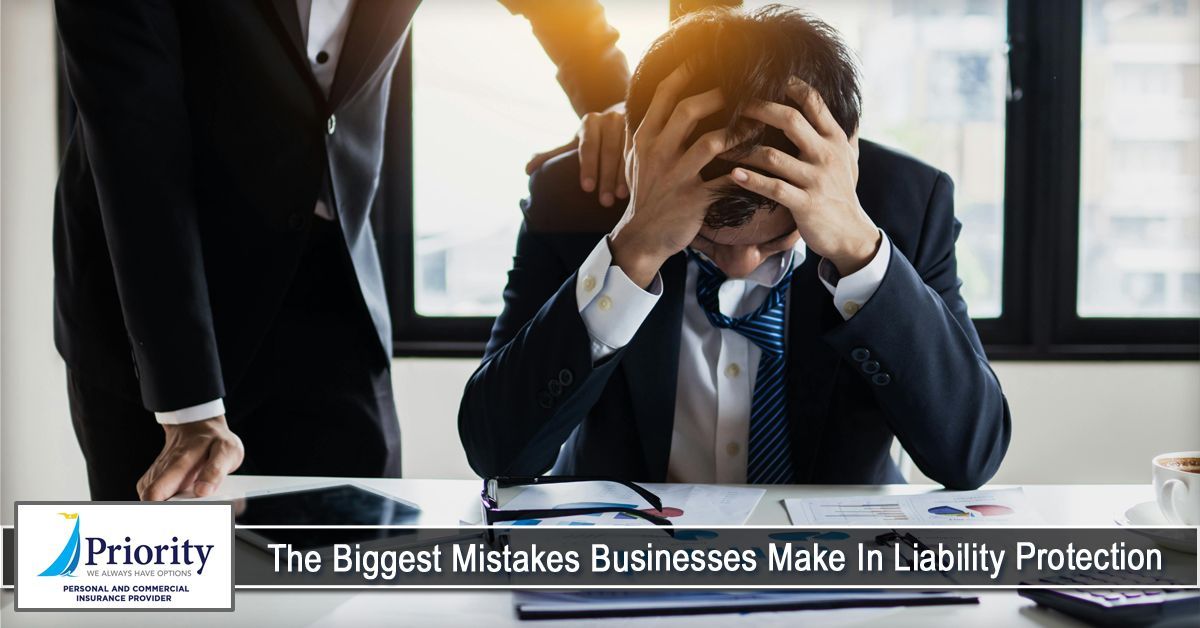
When it comes to protecting your home and belongings, home insurance is one of the most important safeguards you can have. It offers financial protection in the event of unexpected incidents like fire, theft, or natural disasters. However, in order to ensure you’re properly compensated for your losses, having an accurate home inventory is crucial.
A home inventory is a detailed list of all your personal belongings, documenting their value and condition. Whether you’ve recently purchased high-ticket items like electronics, artwork, or furniture, or simply want to protect your most treasured possessions, an inventory ensures that you can quickly and accurately file a claim with your insurance provider in case of loss.
In this blog, we’ll explore why a home inventory is essential for home insurance, how to create one, and how it can help streamline the insurance claim process.
Why a Home Inventory Is Essential for Home Insurance
Many homeowners mistakenly assume that their insurance policy will cover everything they own in the event of a loss. While home insurance typically covers personal property, determining the exact value of your belongings and ensuring that you have enough coverage can be tricky without an inventory. Here’s why creating a home inventory is so important:
- Ensures Accurate Coverage
Home insurance policies typically have coverage limits, and certain types of property—like high-value items (e.g., jewelry, antiques, or electronics)—may require additional coverage, known as a rider or endorsement, to ensure full compensation. Without an inventory, it can be difficult to know the total value of your belongings, which could result in underinsurance or inadequate coverage. Having a detailed list allows you to identify which items need additional coverage, helping you adjust your policy accordingly. - Streamlines the Claims Process
In the unfortunate event of a loss—whether it's a break-in, fire, or storm—having an inventory of your possessions makes the claims process much smoother. Insurance companies typically require a list of damaged or stolen items, including their value and proof of ownership. A home inventory eliminates the guesswork, providing you with a ready-made list to submit to your insurance company. This not only speeds up the claims process but also helps ensure that you receive fair compensation for your losses. - Reduces Stress After a Loss
Dealing with the aftermath of a disaster or theft is stressful enough without having to remember every single item you own. A home inventory provides peace of mind by making the recovery process more organized and efficient. With everything listed, you won’t have to scramble to recall details about your possessions, making the recovery process easier for both you and your insurer. - Helps Track Depreciation
Home insurance policies generally cover the replacement cost or actual cash value (ACV) of your belongings. When filing a claim for an item’s replacement, the depreciation (or reduction in value over time) will be accounted for in the payout. With an inventory, you can keep track of your possessions' age, condition, and value over time, ensuring you're prepared for a fair payout in case of a claim. It also allows you to periodically update your policy as items are added, replaced, or upgraded.
How to Create a Home Inventory
Creating a home inventory may seem like a daunting task, but it’s simpler than it appears. With a little time and effort, you can create a detailed list that will help protect your property and make the claims process much easier. Here’s how to get started:
- Go Room by Room
Begin by walking through your home, room by room, and documenting everything you own. Start with larger items, like furniture and appliances, and work your way down to smaller items such as electronics, artwork, and personal items. Be sure to include items in storage areas like attics, basements, and garages. - Take Photos or Videos
For each item, take clear photos or videos that clearly show the condition of the item and any distinguishing features, such as serial numbers, model numbers, or other identifying details. A video inventory is especially helpful as it allows you to provide a visual record of your belongings, which is easy to share with your insurance provider in case of a claim. - Record the Value and Proof of Ownership
Next, note down the value of each item. For high-value items, such as electronics, jewelry, or collectibles, keep receipts or appraisals as proof of purchase and value. For other items, estimate the cost of replacement, keeping in mind the cost of similar items in today’s market. - Store Your Inventory Safely
Once your inventory is complete, store it in a safe place, separate from the items listed in the inventory. This can be a fireproof safe, a secure cloud storage service, or a safe deposit box. Digital copies are ideal because they’re easily accessible and can be quickly shared with your insurance provider in case of a claim. - Update Your Inventory Regularly
Your home inventory isn’t a one-time task. As you acquire new items or make significant purchases, be sure to update your inventory to reflect these changes. Keep receipts, warranties, and appraisals in a safe place, and review your list periodically to ensure it’s still accurate. If you make home improvements or upgrade appliances, add these to the list as well.
The Benefits of a Home Inventory for Insurance Claims
In addition to streamlining the claims process, a home inventory offers several other benefits:
- Helps Identify Missing Items: In the event of a theft or loss, your home inventory allows you to quickly identify what’s missing and what needs to be replaced.
- Prevents Disputes with Insurance Companies: A detailed inventory can help prevent disputes over the value of lost or damaged items. With proof of ownership and estimated replacement costs, you can provide the necessary documentation to ensure a fair claim settlement.
- Tax Benefits: If you experience a loss due to theft or disaster, you may be able to deduct the value of your lost or damaged property on your taxes. A home inventory makes it easier to calculate these deductions by providing a clear record of what was lost.
Why You Need Home Insurance to Protect Your Belongings
While having a home inventory is crucial for ensuring that you’re properly compensated in the event of a loss, it’s equally important to have the right home insurance coverage in place. Home insurance provides protection for your property, including personal belongings, from a wide range of risks such as fire, theft, vandalism, and natural disasters. Without home insurance, you would be responsible for replacing your possessions out of pocket, which could lead to significant financial hardship.
By maintaining an updated home inventory and investing in the appropriate home insurance coverage, you ensure that your belongings are well-protected. Be sure to review your policy regularly to make sure it adequately covers all of your personal property, and don’t hesitate to ask your insurer about adding additional coverage for high-value items if needed.
Conclusion
A home inventory is an essential tool for protecting your personal belongings and ensuring that you have the coverage you need in the event of a disaster. By documenting your possessions and their value, you’ll make the claims process faster, more efficient, and less stressful. Whether you’re building a new home or managing the one you’ve had for years, a detailed inventory can provide peace of mind, knowing that you’re prepared for the unexpected.
To ensure the full protection of your home and its contents, be sure to complement your home inventory with the right home insurance policy. With both a well-maintained inventory and comprehensive coverage, you can rest easy knowing that your belongings are protected, no matter what happens.
At Priority Insurance LLC, we put our clients first by offering them policies that they can afford. Having insurance is a necessity nowadays, and we're here to help you out. Learn more about our products and services by calling our agency at (864) 297-9744. You can also request a free quote by CLICKING HERE.
Disclaimer: The information presented in this blog is intended for informational purposes only and should not be considered as professional advice. It is crucial to consult with a qualified insurance agent or professional for personalized advice tailored to your specific circumstances. They can provide expert guidance and help you make informed decisions regarding your insurance needs.
